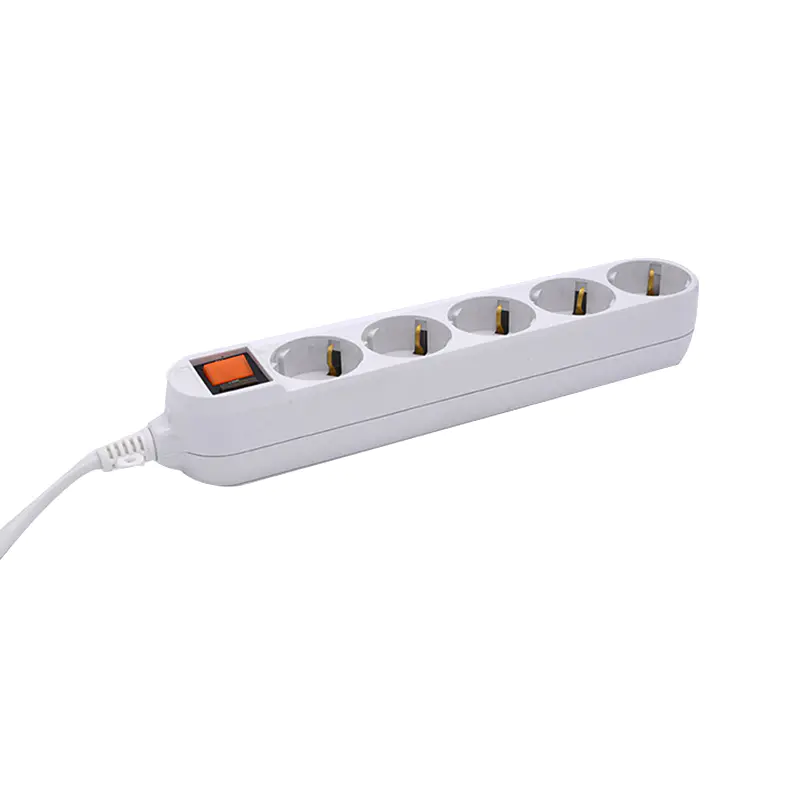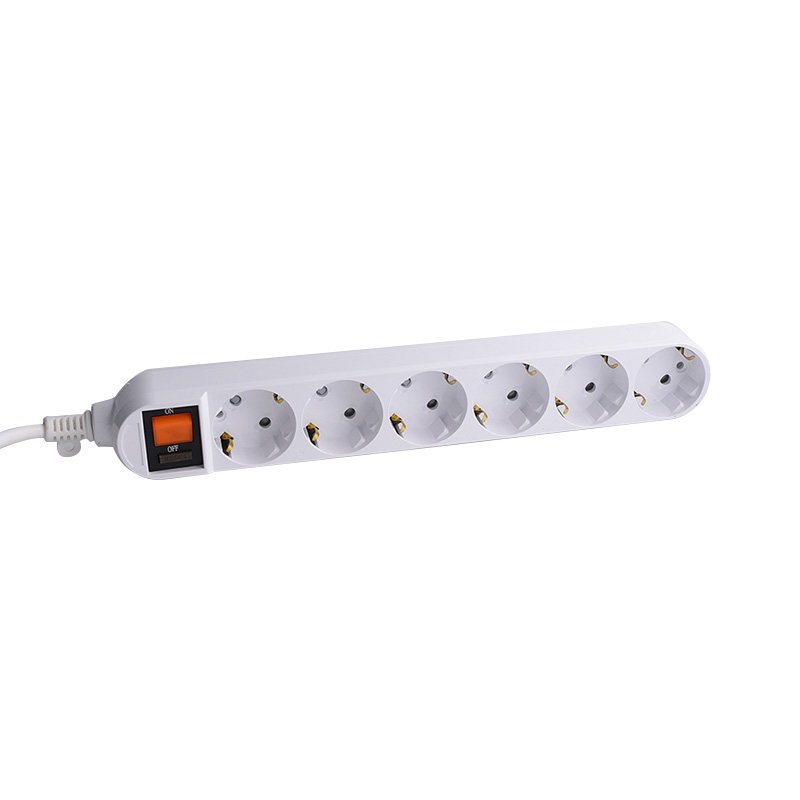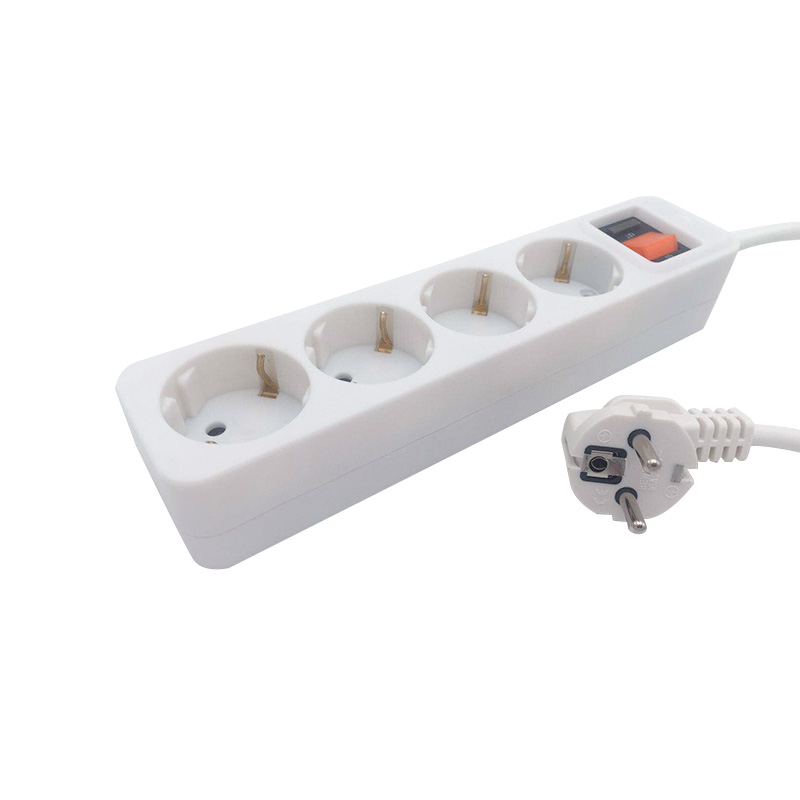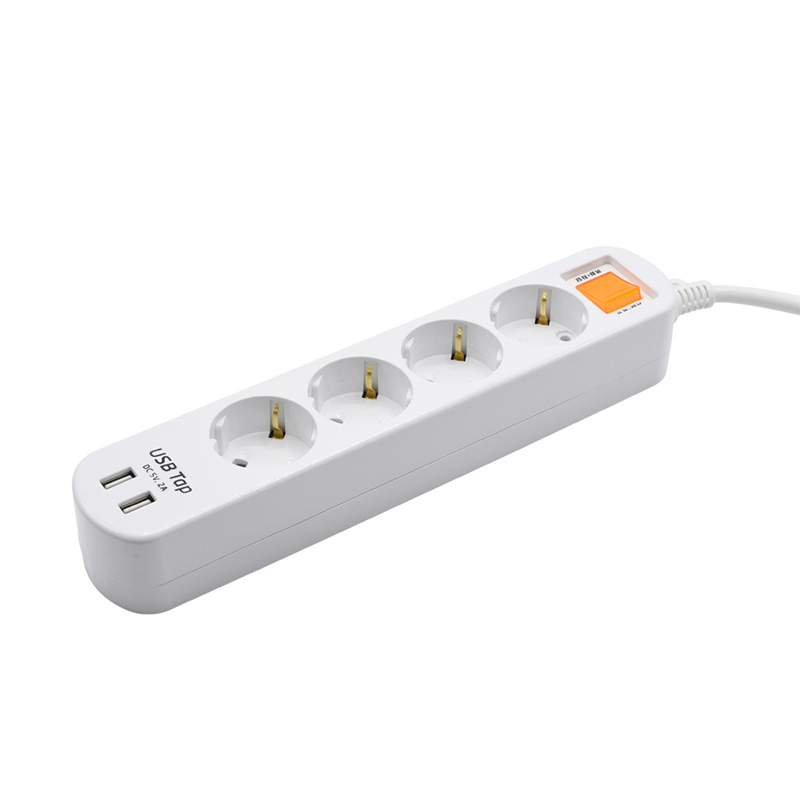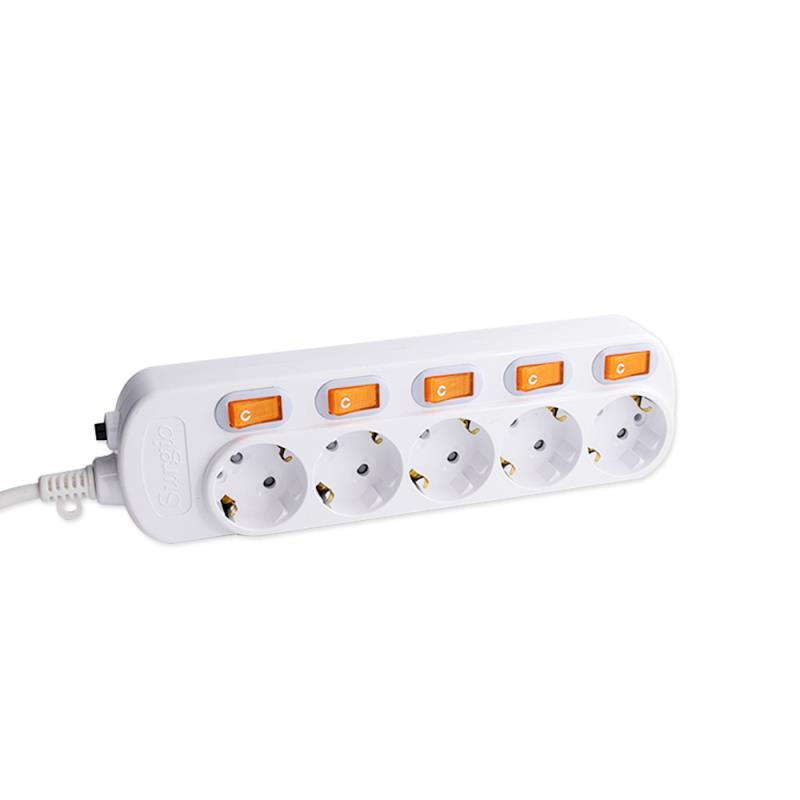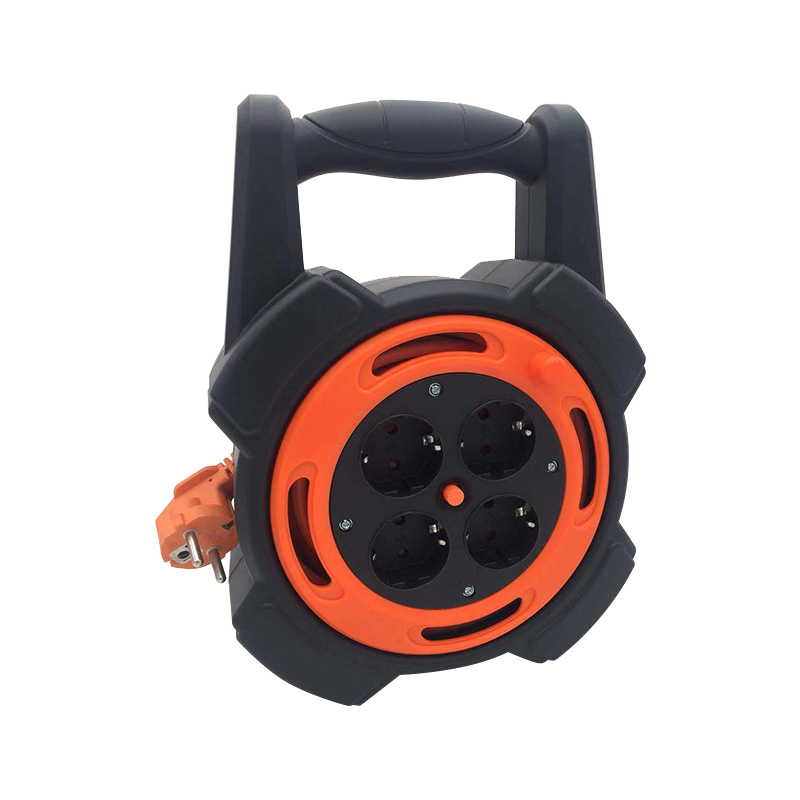Submit feedback
What is the fire resistance of PP material power strips?
 2025.09.22
2025.09.22
 Industry News
Industry News
Power strips are essential devices in both homes and offices, allowing multiple electrical devices to connect safely to a single outlet. Among the materials used for their casings, PP (polypropylene) plastic has become increasingly popular due to its balance of durability, cost-effectiveness, and safety properties. One of the most important safety aspects of power strips is fire resistance, as electrical devices can overheat or experience short circuits that may ignite surrounding materials. Understanding the fire resistance of PP material power strips is crucial for manufacturers, consumers, and safety regulators alike.
1. Overview of PP Material
Polypropylene (PP) is a thermoplastic polymer widely used in consumer electronics, packaging, and household appliances. Its popularity in power strip construction is due to several properties:
- High Melting Point: PP typically melts at 160–170°C, which makes it relatively heat-resistant compared to other plastics.
- Low Flammability: PP has a naturally low tendency to ignite and can be modified with flame-retardant additives.
- Electrical Insulation: PP is a good electrical insulator, reducing the risk of short circuits or electric shocks.
These characteristics make PP a suitable candidate for power strips where both electrical safety and heat resistance are critical.
2. Fire Resistance Properties
The fire resistance of PP power strips depends on several factors, including the base polymer, additives, design, and manufacturing quality:
-
Flame Retardant Additives:
- Manufacturers often include halogen-free flame retardants, such as aluminum hydroxide or phosphorous compounds, in PP casings.
- These additives help the material resist ignition and slow the spread of flames if exposed to heat or sparks.
-
Self-Extinguishing Nature:
- Many PP formulations are self-extinguishing, meaning that if the material catches fire, it will stop burning once the ignition source is removed.
- This property is particularly important in power strips, as it prevents small sparks from escalating into full fires.
-
Heat Resistance in Normal Use:
- PP power strips can withstand typical electrical loads without deforming or igniting.
- For example, under standard household or office loads (10–16A), the casing maintains structural integrity, even if internal components generate localized heat.
3. Standards and Testing
To ensure safety, PP power strips are tested against international fire and electrical standards:
- UL 94: This standard evaluates the flammability of plastic materials. PP used in power strips is often tested to UL 94 V-0 or V-2 ratings, indicating that the material stops burning within a few seconds and does not drip flaming particles.
- IEC 60335: Power strips and their components must comply with safety standards for household and office appliances, which include fire resistance and thermal safety.
- ASTM Tests: Various ASTM methods assess heat deflection, flammability, and ignition resistance. PP casings that pass these tests ensure better fire protection under real-world conditions.
4. Design Considerations
Even with inherently fire-resistant PP material, the design of the power strip affects overall fire safety:
- Spacing Between Outlets: Proper spacing reduces heat accumulation around plugs and prevents overheating.
- Ventilation Slots: Some power strips include ventilation or heat-dissipating slots to allow air circulation and reduce internal temperatures.
- Circuit Protection: Overload protection, fuses, and surge protectors prevent electrical faults that could otherwise ignite the PP casing.
A well-designed power strip combines PP’s fire resistance with intelligent thermal management to minimize risk.
5. Limitations
While PP material offers excellent fire resistance, it is not entirely fireproof:
- Extreme conditions, such as electrical overload, short circuits, or exposure to open flames, can still ignite the material.
- Continuous exposure to high heat above the melting point (around 160–170°C) can deform or ignite the casing.
- Quality matters: low-grade PP without adequate flame retardants may perform poorly in fire scenarios.
Consumers should always choose power strips from reputable manufacturers that meet recognized safety standards.
6. Advantages of PP Material in Fire Safety
Compared to other plastics like ABS or PVC, PP has several advantages for fire-resistant power strips:
- Lower Smoke Production: When ignited, PP produces less toxic smoke than PVC.
- Better Heat Tolerance: PP maintains structural integrity at higher temperatures.
- Environmental Safety: Flame-retardant PP formulations can be halogen-free, reducing environmental and health hazards in case of fire.
Conclusion
PP material power strips offer a combination of durability, electrical insulation, and fire resistance, making them a safe choice for home and office use. With the addition of flame retardants, compliance with UL 94 V-0 or similar standards, and intelligent design considerations such as ventilation and overload protection, PP casings can significantly reduce the risk of fire caused by electrical faults.
However, no material is completely fireproof. Proper usage, adherence to rated loads, and purchasing from certified manufacturers are essential to ensure maximum safety. In summary, PP material power strips provide reliable fire resistance, improved safety, and peace of mind for everyday electrical usage.
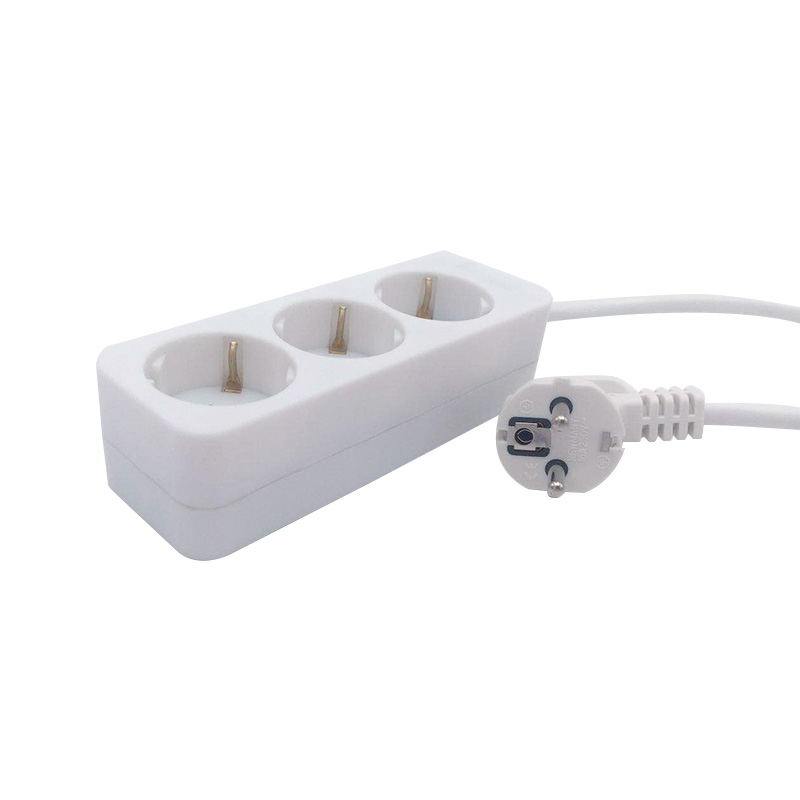
 TOP
TOP
 ENG
ENG
 English
English русский
русский 한국어
한국어 Deutsch
Deutsch

